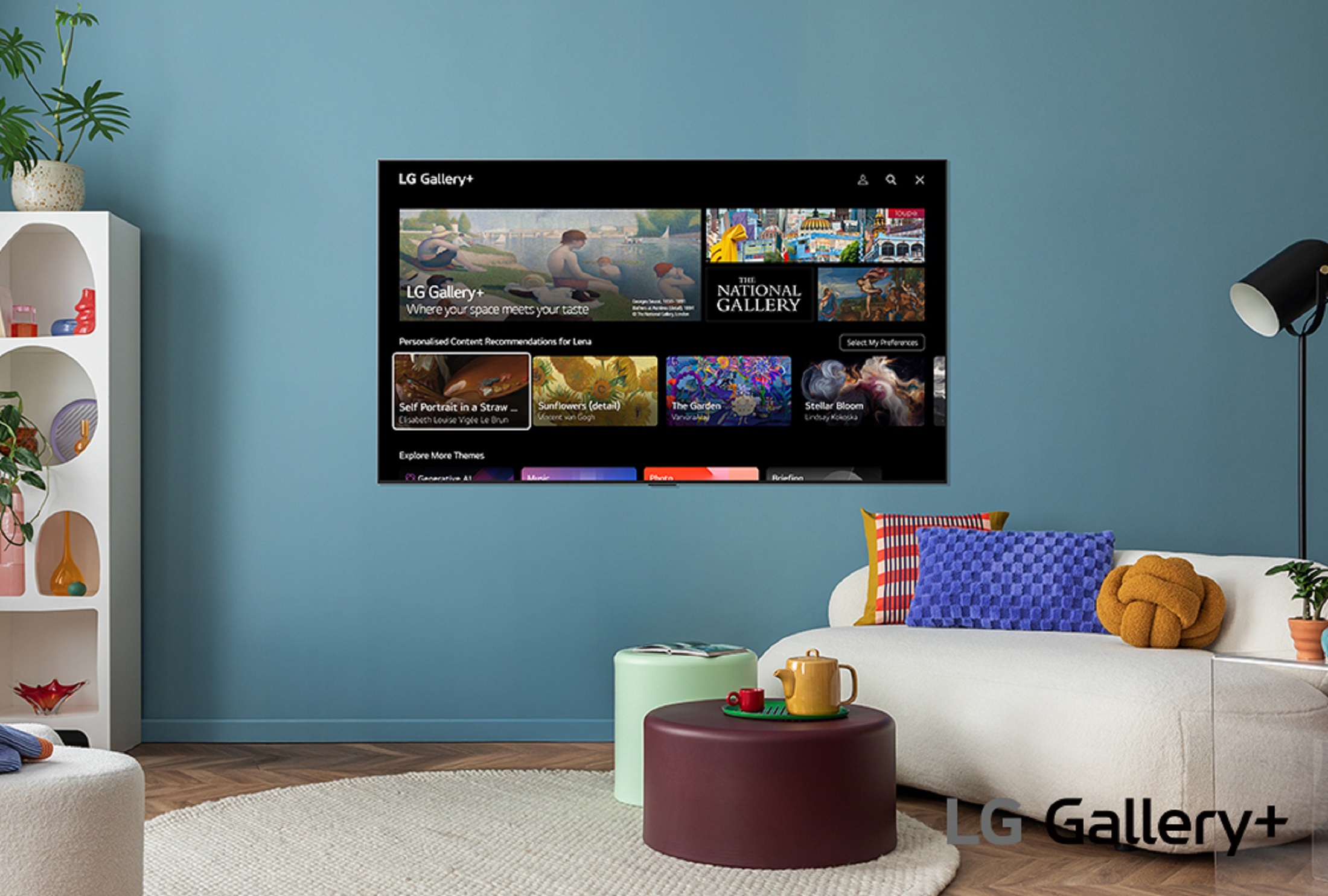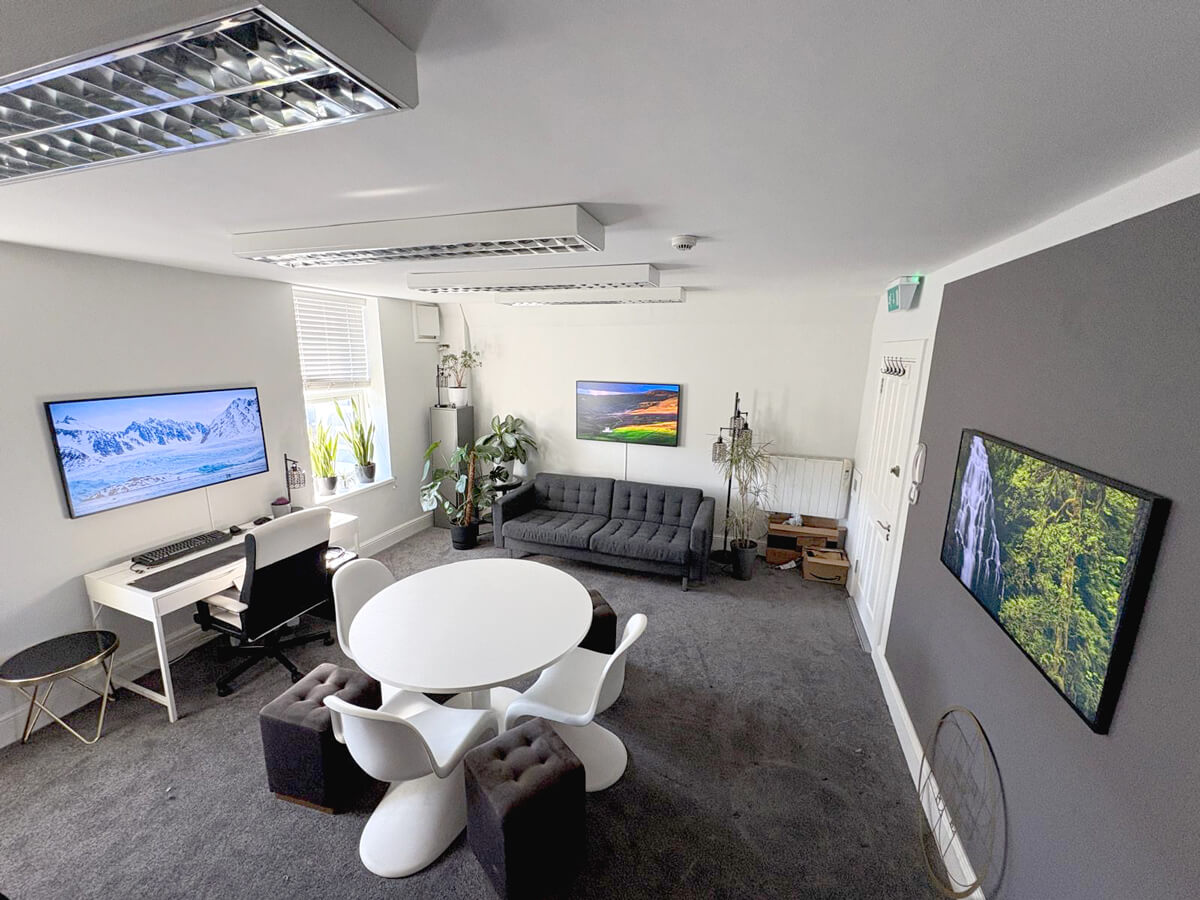7 Benefits of Visual Art and Photography in Healthcare
Imagine spending an hour in a clinic waiting room. Would you prefer sitting in a plain, white-wall room or a vibrant space with captivating digital artworks all around? The choice seems clear.
Art has long been recognised as an effective medium for promoting social, behavioral, and psychological health. A 2010 study report indicated that almost 50% of U.S. healthcare institutions had integrated art into their spaces.
With technological advances, we can now enjoy the flexibility and customisation of digital art and photography screensavers on TV. But what advantages does displaying digital art bring to healthcare exactly?
In this article, we’ll explore how incorporating digital art and photography can enhance your healthcare facility’s interior and overall patient experience.
Why Display Digital Art and Photography in Healthcare Facilities?
The healing power of digital art and photography offers numerous benefits to healthcare facilities. Here are the top 7 benefits:
1. Break the white-painted monotony
White color in healthcare facilities is associated with purity and cleanliness. However, the monotony caused by a lack of visual stimuli can increase stress levels in patients and medical staff.
Digital art and photography breathe life into healthcare spaces, easing pre-appointment anxiety. Nature-inspired visuals and diverse digital art pieces create a soothing, travel-like experience that not only enhances the interior but also attracts and retains patients.
These dynamic installations also act as virtual windows to nature, which provides staff with mental relaxation and stress relief. This is especially useful in healthcare facilities where the infrastructure or location doesn’t allow for creating natural green gardens or a pleasant window view.
2. Prevent waiting time boredom and stress
According to recent reports, the average waiting time in the U.S. is approx. 20 minutes, which obviously creates a lot of frustration for people. In fact, 30% of the patients even canceled the appointment because of it.
However, it’s not just the duration of wait time that irritates patients. It’s the way they perceive it. When the patients are left in a blank waiting room, this can magnify their perception of time and nervousness, making it more difficult for themselves and the workers to handle.
Our case study at a Barcelona clinic revealed that aesthetic installation with diverse art and photography images helped fill the waiting time void, offering an entertaining pre-appointment experience and increasing service satisfaction.
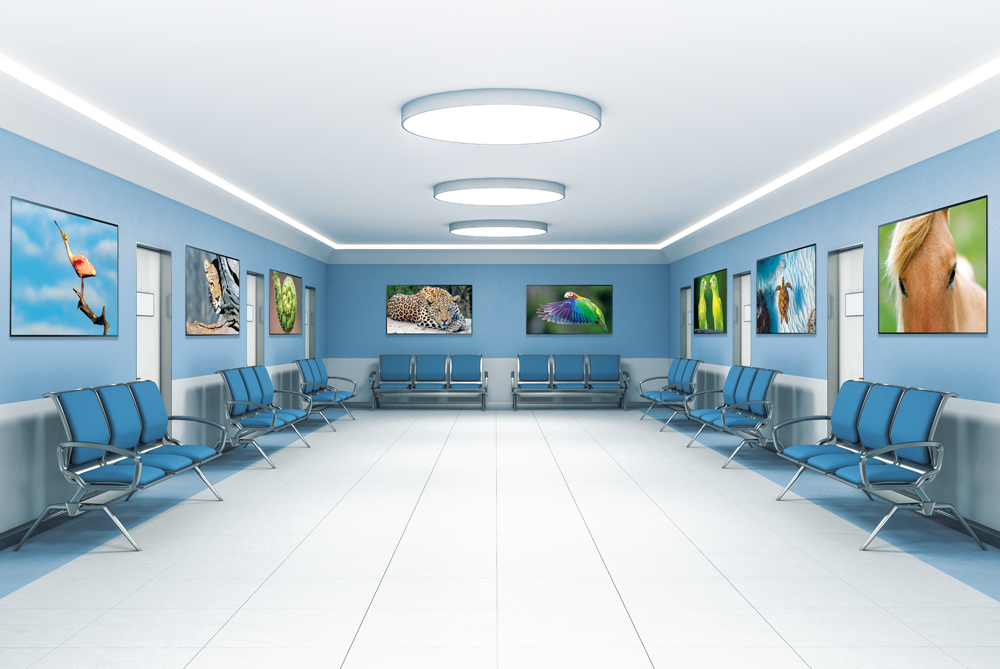
Photography by Bill Gozansky | Featured in "Wildlife Day" Playlist by WindowSight
3. Foster social interaction and connection
Waiting in isolation can significantly exacerbate patient anxiety and restlessness. However, an ever-changing artful environment provides endless possibilities to not only calm their nervousness but also promote conversations with other patients over viewed images.
Our case study at the Arquer Institute showed that digital art on TV became a popular discussion point among patients. Simple questions about the images sparked engaging conversations, distracting them from waiting and leaving a favorable impression of the clinic.
Moreover, displaying digital art has helped build stronger patient-caregiver connections, which created a more welcoming treatment environment and promoted emotional safety.
Offering relaxing images in the waiting area to our patients has improved their experience a lot, and we’ve noticed they are less stressed when having to wait longer than expected for their appointment.”— Arquer Institute
4. Encourage self-expression and open communication
Artists and photographers use art as a form of self-expression and communication with the world, promoting self-reflection and encouragement.
Displaying various art and photography content in healthcare facilities supports patients in navigating emotional and psychological challenges. It helps them open up about their concerns, struggles and pain points, improving doctor-patient communication and the recovery process.
5. Increase caregivers’ morale and retention
6. Attract and retain patients
First impressions matter, and healthcare facilities are no exception to that.
From the welcoming attitude of the medical receptionist to an inviting facility environment, art and photography content can enhance the clinic ambience, build trust and leave a lasting impression on new patients.
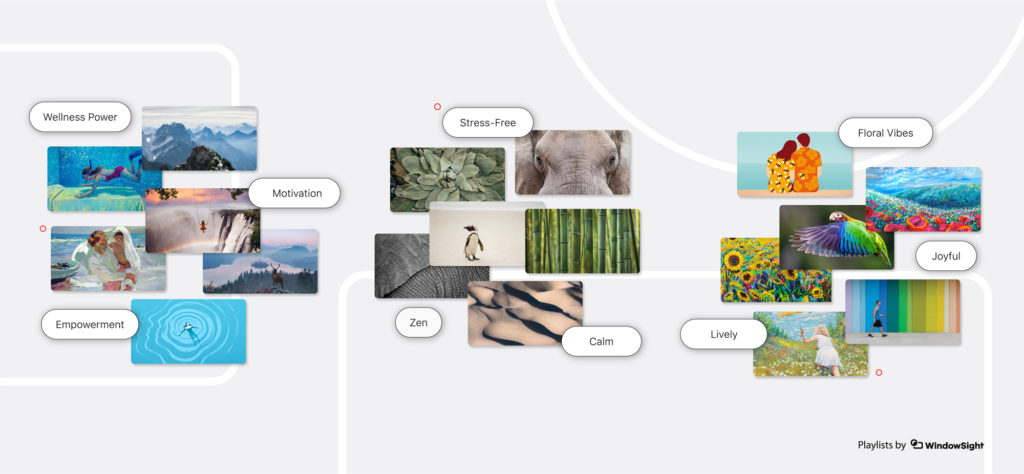
Photography & Artworks by Tim Plowden, Bill Gozansky, Vicent Van Gogh, Kyle Huber, Joey Guidone, and Iris Scott
7. Eventually, reduce healthcare costs
"Art is the lesser sister to medicine. It aims to heal."
– Andrew Lam
It is an alternative tool to enhance medical procedures and ensure stress-free environments. Professionals in the healthcare and art industries can start collaborating even more closely to improve people’s well-being in various facilities – hospitals, clinics, mental health institutions, surgical centers, and retirement homes – and shape health-promoting communities.
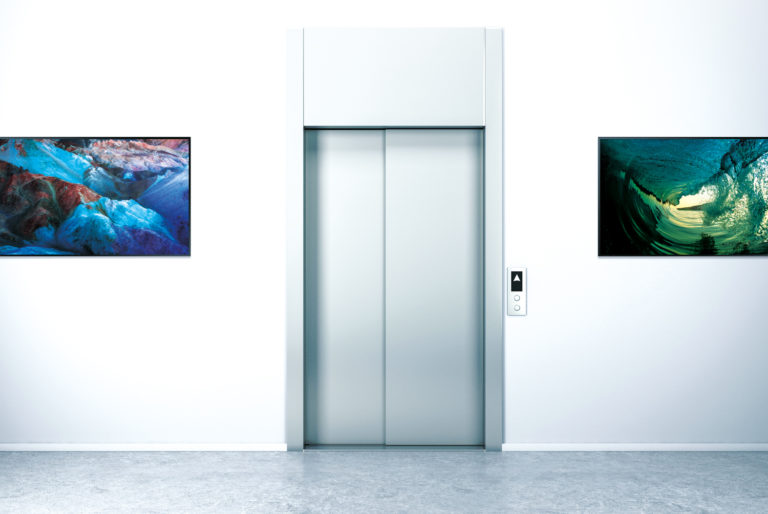
Common Spaces
Photography by Russell Ord
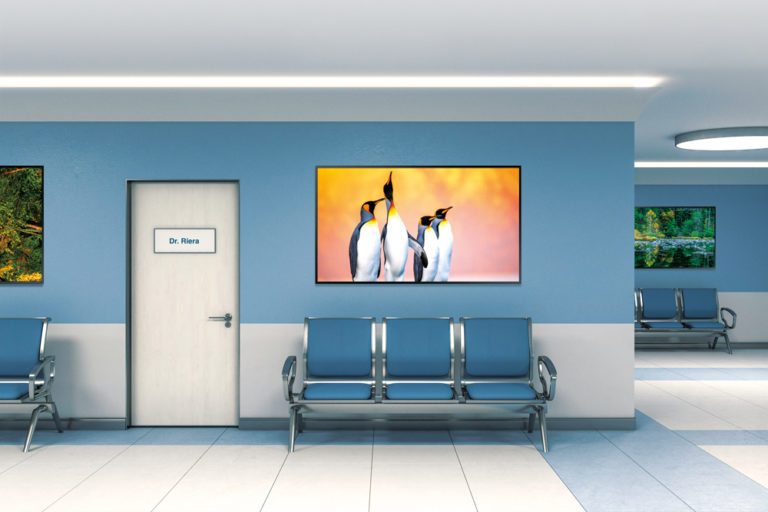
Waiting Areas
Photography by Andrew Peacock
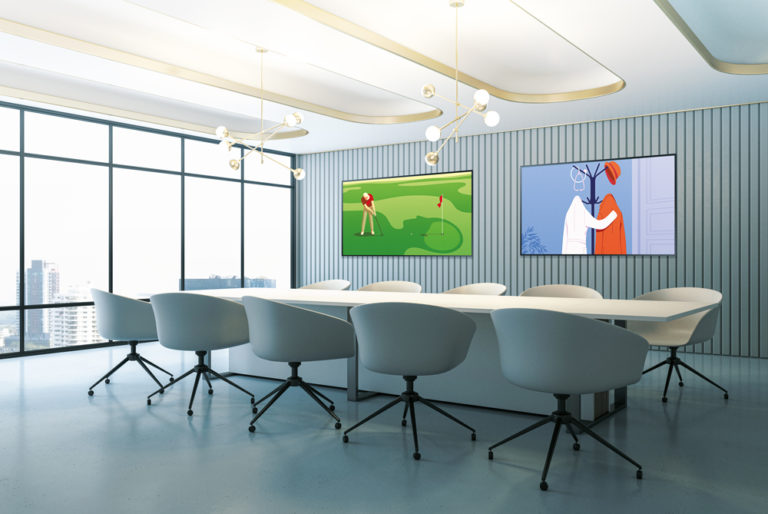
Meeting Rooms
Illustration by Joey Guidone
Transform Your Healthcare Facility with Digital Art
At WindowSight, we help healthcare professionals harness the healing effects of digital art and photography. Our curatorship team offers tailored content selections to fit every facility’s needs and create memorable experiences on digital displays.
Contact us today to discover how digital art can transform your healthcare facility.es to creating effective healthcare facilities that prioritize well-being.

